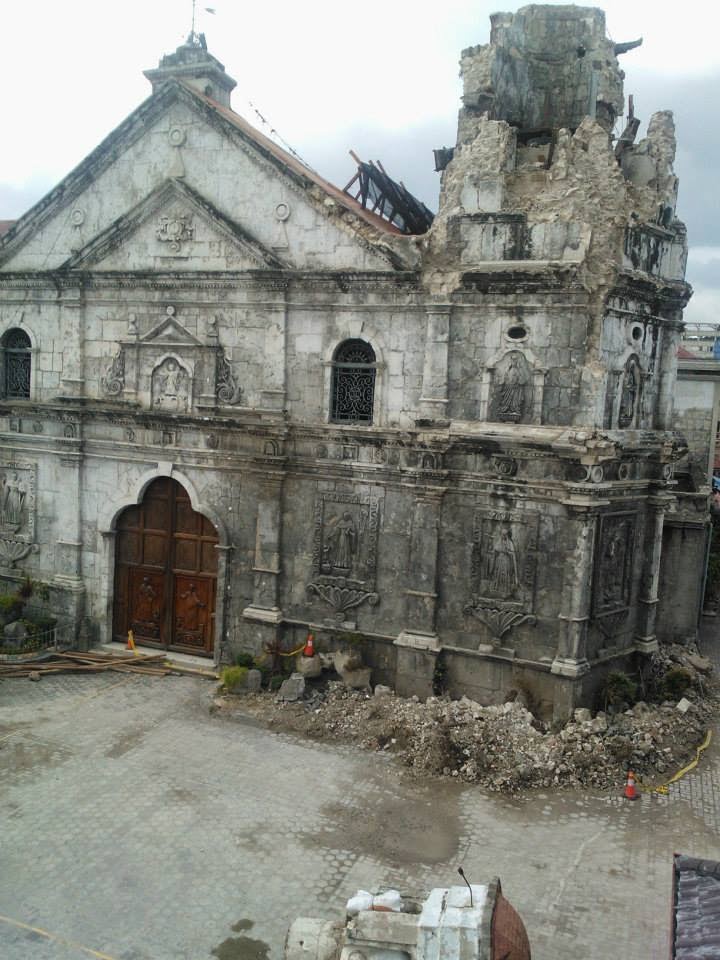Much has been said about changemaking as an art: We use imagination to visualize the change that we want and let our hands form this vision into something real and tangible. Passion incites consistency and discipline yields results.
I agree to all these things yet, my humble experiences as a head of programs in a start up foundation in the last three years have taught me that changemaking takes more than just skill and creativity; it requires faith. It needs patient trust.
When I entered the foundation in July of 2011, there were several challenges that we had to undertake. We needed to boost program spending, increase the involvement of our principals in our causes, gain awareness about the foundation within and outside its network, and develop new programs that will change mindsets and their corresponding behaviors and impact.
As I took on the challenge, I thought that everything easily operated on a causal basis. If we wanted to boost spending, then we should propose big projects. If we wanted to increase involvement among the family members, then we should keep on sending event invites. If we wanted brand awareness, then we should just maximize corporate communications support from our sister foundation and so on…
In reality, however, change was not as easy as that. My first year was actually quite frustrating. Projects did not get easily approved. In fact, we had to find our own niche, which we could not just pull out of thin air. There were several executive committee and board meetings that left me unfulfilled, wanting and clueless. There were days when tasks were just too overwhelming that I got palpitations. It would have helped if there was somebody else to help me on a full-time basis.
The blessing came under the disguise of a regulator's recommendation to hire another full-time staff. But even finding that staff took three painful tries to finally reveal a gem and a long-time professional partner. Soon, however, the organization began to grow with the addition of more full-time program and administrative staff, plus the inclusion of shared service personnel from a sister foundation.
These days, I can only smile inwardly when I see one of our principals rise from his seat at the center of the table during a board meeting to take a closer look at our program updates and give practical suggestions with his background as a results-driven businessperson. His siblings would then actively trade ideas—sometimes, engaging in light moments—during our regular meetings. They are no longer just involved in the planning process; they join us in influencing stakeholders and they also promote their own causes. Beautifully, they have become the foundation's very own advocates.
It did not take long for some little results and some milestones to slowly reveal themselves. We started to become more specific in our proposals, thereby yielding more approvals that result in actual projects needing significant funding. We began to see many stakeholders within our shared networks with the sister foundation who would nod in recognition of our foundation as a separate and distinct organization. And most importantly, we already saw some positive behavioral changes in some of our target sectors such as the workers in informal sector who are willing to shell out P1,800 to P2,400 a year for health savings instead of their usual vices; employees who choose to line up in the canteen’s healthylicious corner, which our program encouraged to be created; parents and their children who cook and eat more vegetables because of the influence of our projects; and individuals who are ready to commit small, simple yet sustainable actions for the environment.
My whole experience in the foundation allowed me to gain deep respect and appreciation for my superiors and mentors. Both of them are seasoned development workers who have been involved in putting together medium-term development plans for the country and cascading them to the grassroots. I realized that of course, they knew what I had in mind whenever I start talking ambitiously big but at the end of the day, they help me taper these dreams, digestible in bite-sized forms.
In this reflection, I will write some words of wisdom that were derived from an advice that my boss shared during a pocket session. He said that he believes in creating change through incrementalism—small, simple strokes that nonetheless paint the big picture. Whereas a revolutionary approach yields much resistance, incrementalism works carefully for and with people so that over time, they embrace our own advocacies and they become internally changed as well.
Change therefore does not happen overnight. It is a work in progress. We let ideas simmer as we act. We let people accept the change that we advocate for and in the process, we allow ourselves to be changed internally—carefully yet radically. Changemaking is therefore not just an art but a virtue-seeking experience.


